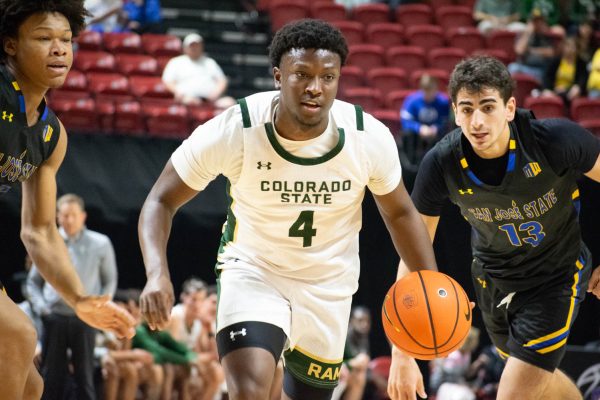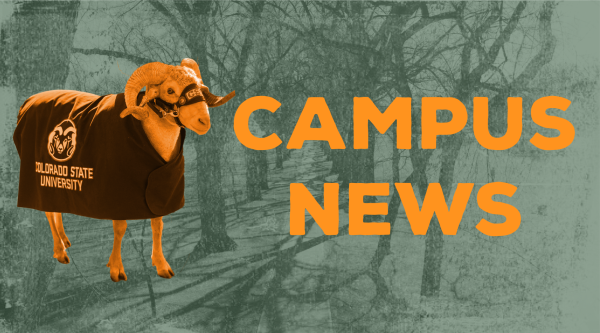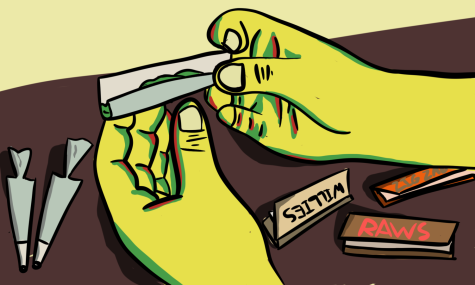Noir characters reappeared with angst, violence and internal struggles in the season 2 opener of HBO’s “True Detective.” It was to be expected. What was new, apart from the all-star cast, is a female in a lead role, filled by Rachel McAdams.
Ad
Season one took an honest and chilling look at rural Louisiana: its poverty, crime and religious fanaticism. The setting became literally more Hollywood in season two with the plot moving to Los Angeles. Shots of rural landscapes were replaced with panoramic views of weaving interstates: a fitting backdrop for the complex and interweaving character sub-plots. But Hollywoodization, specifically of female characters, is a point of contention.
New Yorker critic Emily Nussbaum pointed out the gender discrepancy prior to the season one finale in her 2014 review, entitled “Cool Story, Bro.” One can be wary of cliched mustaches and bars, but Hollywoodization of female characters might be the series’ greatest shortcoming, should McAdams’ character fail to change that in season two.
“To state the obvious: While the male detectives of ‘True Detective’ are avenging women and children, and bro-bonding over ‘crazy p***y,’ every live woman they meet is paper-thin,” Nussbaum wrote. “Wives and sluts and daughters—none with any interior life.”
Season two appears to bridge the gender gap with Detective Ani Bezzerides, played by McAdams. The existential anguish and heroics reserved for male characters in season one now apply to her, one of four central characters (played by McAdams, Colin Farrell, Vince Vaughn and Taylor Kitsch). This is an important step in creating complex and diverse female characters for the show.
Bezzerides’ internal conflicts are fueled in part by her sister. Bezzerides encountered her sister doing live webcam pornography during a police bust she was operating. But Bezzerides’ sister defends her actions with meaningful dialogue. In season one, any dialogue uttered by a female — whether it was a prostitute, stripper, mistress, wife or daughter — lacked the same depth of the two male leads. The layered dialogue between Bezzerides and her sister is a microcosm of McAdams’ very presence in the show: direct social commentary on female roles — both in society and television. This relationships makes me think that writer Nic Pizzolatto is conscious of and commenting directly on female roles this season.
But what should we make of the female characters surrounding Officer Paul Woodrugh, played by Kitsch? Woodrugh, a stone-faced highway patrolman, was suspended after an actress violating parole tried to solicit a blowjob to avoid citation (guilt was never established, only denied). Woodrugh returned home to a female character that apparently does nothing more than wait in bed for him. These female roles are arguably Hollywoodized: sexy actresses (by Hollywood standards), quick to disrobe, who exercise little autonomous thought. It is hard to believe that these two females are little more than easy accessories to develop Woodrugh’s character, like the females surrounding Detective Marty Hart, played by Woody Harrelson, in season one.
That is why McAdam’s character, as well as her relationship with her sister, is of incredible importance this season. The internal struggle of female characters was rarely shown in season one. McAdam’s character shows that existentialism and heroics are not limited to men. Her character challenges a Hollywood status quo: that females are simply devices there to please or annoy leading males (let us call this the James Bond Girl effect). We enter Bezzerides’ story with her walking out on a man passively questioning her bed technique, possibly to convey from the get-go that her character is about more than sex.
How the different character plots of season two intersect fully has yet to be seen, though they are all tied together with a crime scene at the end. The show is still male-dominated. Style and technique are very much the same, as well as modes of characterization — revenge, divorce, dishonesty and justice. McAdam’s character is the least predictable and most interesting because she is an altogether new one.
The style, conflict and existential anguish all fascinate me. How the characters channel that anguish fascinates me more. But how McAdams’ character develops and the social commentary around is of higher importance than it being stylistically captivating. The rest of the season, set in bustling La La Land, will likely keep critics typing.
Ad
Collegian Reporter Jake Schwebach can be reached at entertainment@collegian.com or on Twitter @jschway.








